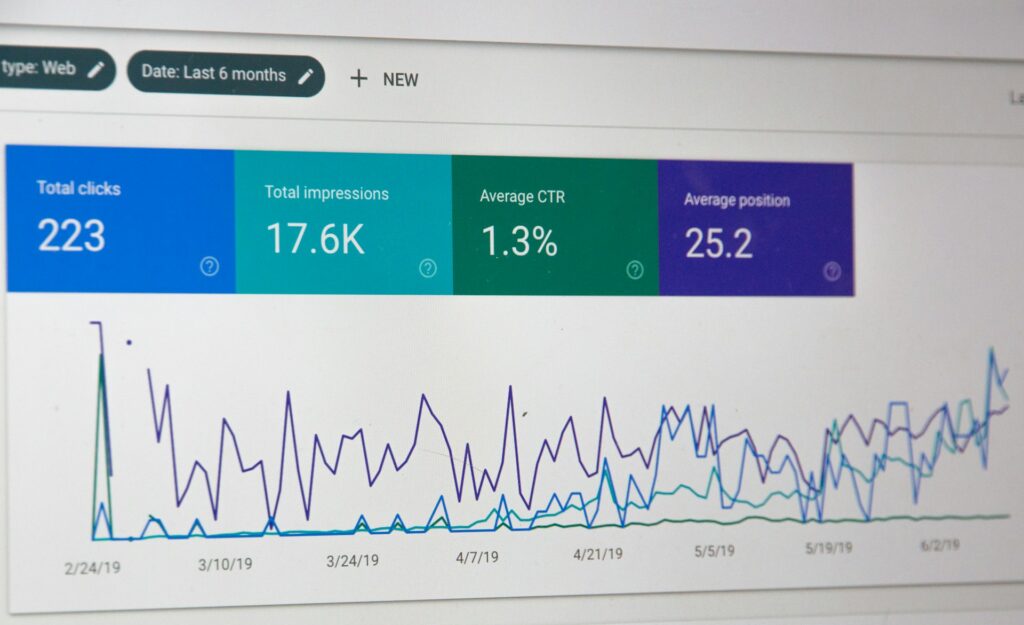Email marketing is one of the most powerful tools in a small business’s arsenal. Why? Because it offers direct access to the inboxes of customers and prospects at a relatively low cost. Whether you’re announcing a new product, offering a special discount, or sharing news, email marketing allows you to connect directly with those who matter most to your business.
Getting Started with Email Marketing
Understanding Email Marketing
Email marketing involves sending emails to a list of people who have signed up to hear from your business. These can be current customers or potential ones interested in your products or services.
Choosing the Right Email Marketing Platform
Platforms like Mailchimp, Constant Contact, and others offer tools to create, send, and monitor emails. When choosing a platform, consider factors like ease of use, pricing, features, and integration with other tools you use.
Building Your Email List
Importance of an Email List
Your email list is crucial because it’s filled with people who have expressly shown interest in your brand. These are the folks who are more likely to respond to your messages and convert into paying customers.
Methods to Build an Email List
Start by embedding signup forms on your website. Offer incentives like discounts or free ebooks in exchange for email addresses. Offline, you can gather emails through signup sheets at events or in your store.
Maintaining List Health
Regularly clean your list by removing unengaged subscribers and updating information. This helps maintain the quality and effectiveness of your email campaigns.
Segmenting Your Audience
What is Segmentation and Why It Matters
Segmentation involves dividing your email list into smaller groups based on specific criteria, such as demographics or buying behavior. This allows you to tailor your messaging to fit different audience needs, which can lead to higher engagement rates.
Basic Segmentation Strategies
You could segment your list by customer location, age group, or past purchases. This helps in sending targeted promotions that are relevant to specific groups.
Advanced Segmentation Tactics
For more sophisticated strategies, consider segmenting by engagement level—sending different emails to those who frequently open your emails versus those who seldom do.
Crafting Compelling Email Content
Creating Engaging Subject Lines
Your subject line is your first impression. Make it catchy and concise to grab attention. Questions, teasers, and personalized subject lines often get higher open rates.
Designing Your Email
Ensure your emails look good on all devices, especially mobiles. Use a responsive design and include visually appealing elements like images and buttons. Keep the layout simple and the text easy to read.
Content That Converts
Each email should have a clear call to action, such as “Shop Now,” “Learn More,” or “Join Us.” Be direct and make it easy for recipients to know what you want them to do next.
Scheduling and Sending Emails
Best Practices for Email Scheduling
Timing can significantly affect how well your emails perform. Test different days and times to see what works best for your audience.
Automating Your Emails
Automation tools can send emails at the optimal time for each subscriber. Automated emails like welcome messages, thank you emails, and birthday greetings can enhance customer experience without much effort on your part.
Analyzing and Optimizing Your Emails
Understanding Email Analytics
Keep an eye on metrics like open rates, click-through rates, and conversion rates. These numbers will tell you how well your emails are performing and what might need tweaking.
A/B Testing
Test different versions of your emails to see what elements perform best, whether it’s the subject line, the call to action, or even the design of the email itself.
Iterating Based on Feedback
Use the data from your analytics and A/B tests to continually improve your emails. Listen to customer feedback to refine your approach further.
Conclusion
Email marketing isn’t just about sending emails; it’s about building relationships. By using the strategies outlined here, you can create effective email campaigns that engage customers and drive results.
Additional Resources
To dive deeper into email marketing, consider online courses or look for additional tips on the blogs of popular email marketing platforms.
This article provides a beginner-friendly introduction to email marketing for small business owners, emphasizing straightforward strategies and practical tips for effective communication.


